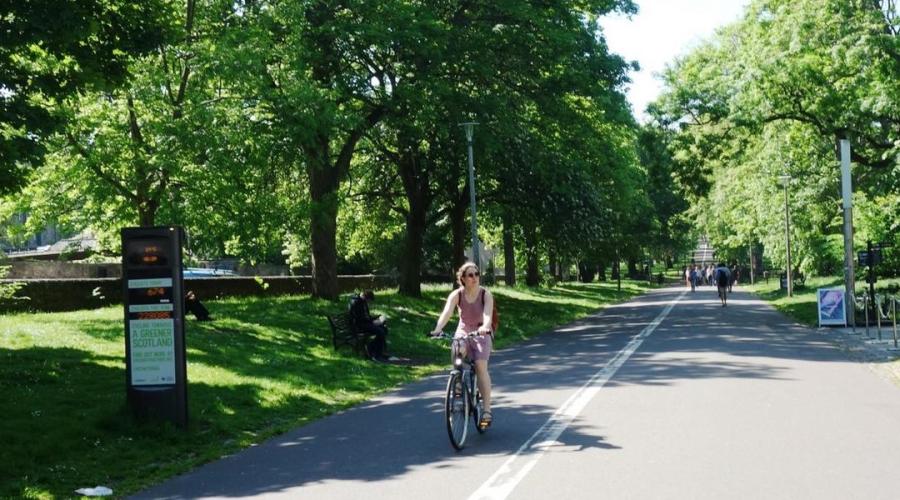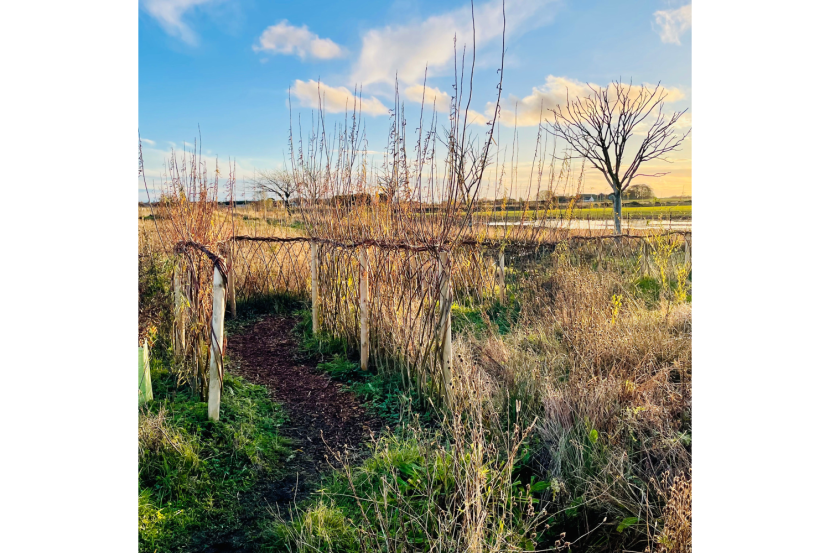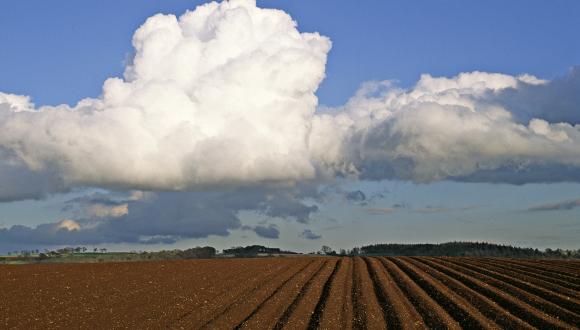
Nature-based Solutions: Air Quality
What is air quality and why does it matter?
Air quality describes how polluted the air we breathe is. In urban areas it is affected by air pollutants such as nitrous oxides and particulate matter, which most commonly result from road traffic, industry and domestic burning.
Air pollution is the greatest environmental risk to health in the UK. When we inhale air pollutants, we give them a pathway into our body which can result in and exacerbate already existing respiratory, cardiovascular and other health conditions. Air pollution can also negatively affect our environment by impacting sensitive ecosystems.
How can nature help improve air quality?
Nature-based solutions provide multiple benefits for dealing with urban challenges such as poor air quality. Vegetation is widely acknowledged to be able to improve air quality through capturing and absorbing pollutants and by acting as a barrier to the spread of pollutants. At the same time nature-based solutions that benefit air quality also provide spaces for recreation, foster well-being and support a range of natural benefits such as increasing biodiversity, contributing to sustainable drainage, mitigating urban heat effects and carbon sinking.
The effectiveness of nature-based solutions for direct air quality improvement is dependent on scale. At a small scale the effect is driven by limiting a person’s exposure to air pollutants. This can be achieved by creating green barriers between the source of pollution and people, for example by planting vegetation around schools and pathways such as bike paths and pedestrian trails, which reduces exposure to air pollution from nearby roads.
At a city-wide scale nature-based solutions are effective at pollutant capture and removal, they also offer improvements to the quality of places by creating play opportunities, parks, green streets and spaces, community gardens, opportunities for food growth and allotments, sport and recreation facilities. All of this helps to encourage, promote and facilitate the application of the Place Principle and create connected and compact neighbourhoods where people can meet most of their daily needs within a reasonable distance of their home, preferably by walking, wheeling or cycling or using sustainable transport, all of which benefit air quality.

Case Studies
Green active travel routes
Throughout Scotland the National Cycle Network (NCN) consists of a network of pathways over 12,000 miles long (4,000 of which is traffic-free), which have been reconstructed from old railways and canals. These pathways provide a great opportunity to employ nature-based solutions to improve air quality for users whilst promoting active travel. For example, a green active travel corridor established along the NCN7 allows pedestrians to travel from Paisley to Lochwinnoch and through to Glasgow with much lower exposure to air pollutants as well as supporting other co-benefits such as creating biodiversity corridors and improving health benefits associated with increased green spaces.
Green screens
The impact of green screens on localised air quality was measured at St Andrews Church of England Primary School. The school implemented a green screen around the schoolgrounds, providing an attractive barrier which tackles poor quality and reduces students’ exposure to air pollution. The green screen, covered in climbers, was installed over a pre-existing 2-meter high, 61-meter-long fence which surrounds the schoolgrounds. Air pollution levels were monitored before and after installation and it was found that the presence of the green screen decreased particulate matter concentrations up to 44% in the school playground when wind was blowing from the road towards the school grounds. This shows a significant improvement in local air quality due to a nature-based solution.
Rewilding of Levenmouth Academy in Fife
Levenmouth Academy, a school located in Fife, Scotland took a nature-based solutions approach to repurpose a 5-acre area of unused land at the rear of their school grounds. The new biodiverse space, called Bat’s Wood, helps improve air quality by enhancing pollutant capture through their ‘scruffy-spots’, areas in the woods that are designated not to be mowed, as well as their new tree orchard and willow space.
Wee Forest in Avenue End, Easterhouse, Glasgow
Scotland’s first Wee Forest planted in Avenue Road, Easterhouse Glasgow in 2021 is a tennis court-sized, densely planted woodland that helps to combat poor quality. It contains fast growing native plant species, that help capture particulates and emissions from the atmosphere, improving localised air quality.
Regeneration of Bertha Park in Perth And Kinross
Previously former farmland, Bertha Park has been recreated into a village featuring 3,000 new homes, a High School, shops, cafes, medical facilities, offices and nurseries. Bertha Park features nature-based solutions that enhance air quality including enhanced green spaces and a new network of paths and cycleways that extend through the village and into surrounding areas, which encourage active travel. Additionally, with Bertha Loch lying to the North of the area feeding into River Almond in the South, woodland belts have been created along the waterway which enhance the effect of urban greening.
Transformation of Claypits Nature Reserve in Glasgow
This site in Glasgow, previously deemed contaminated and unsafe for use due to past industrial activity was transformed into a safe, healthy space for nature and local communities. The new reserve features nature-based solutions such as enhanced greenspaces, 1.5 kilometres of new pedestrian and cycle paths and a new bridge to enhance accessibility helping capture pollutants and encouraging sustainable transport options.
Further information
Architecture & Design Scotland in partnership with Learning through Landscapes have developed a resource to help designers, local authorities and teachers help schools tackle the climate emergency in Scotland. Their research identified nature-based solutions Scottish schools could implement to improve air quality.
A report by the European Commission highlights the combination of environmental and social benefits presented by different types of nature-based solution.
ARUP has designed a toolkit which provides guidance on ways schools can influence or directly implement air quality improvements’







